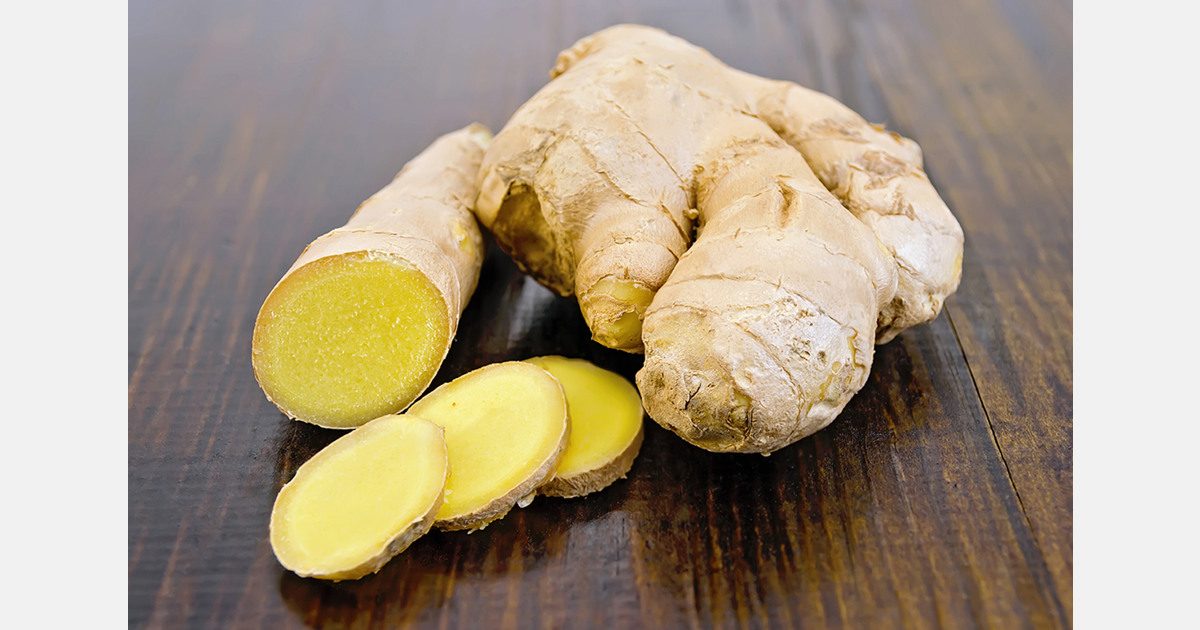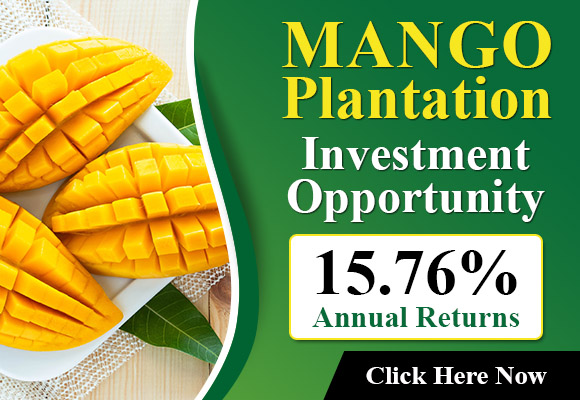
The Department of Agricultural Extension (DAE) in Bangladesh has set a production target of 52,675 tonnes of ginger from 3,954 hectares in the Rangpur agriculture region for the current Kharif-1 season. “Farmers are sowing ginger seeds and seedlings in full swing in their crop lands in all five districts of the region,” stated Deputy Director of the DAE for Rangpur region, Agriculturist Md Afzal Hossain.
Farmers in Rangpur, Gaibandha, Kurigram, Lalmonirhat, and Nilphamari districts have already planted ginger in 2,291 hectares, accounting for 57.94% of the target. The expansion of ginger cultivation is attributed to previous bumper harvests and favorable market prices.
The DAE, alongside other agricultural bodies, is providing farmers with training in the latest technology and facilitating agri-loans through commercial banks to promote the cultivation of ginger and other spice crops. “As a result, cultivation of ginger and other spicy crops is expected to increase in all five districts of the Rangpur agricultural region this time following various pragmatic steps taken by the present interim government,” said Hossain.
Government initiatives include the provision of quality seeds and training to ensure proper crop diversification and the use of modern technology, aiming for self-sufficiency in spice crops. Farmers like Isahaque Ali, Moinuddin Ahmed, and others are actively sowing ginger in their lands this season. Ariful Haque Batul from Najirdigar village mentioned that last season’s ginger is being sold at approximately $1.09 to $1.13 per kilogram to traders and wholesalers.
Retail prices are slightly higher, with Hafizur Rahman, a vegetable trader at City Bazar Market in Rangpur city, indicating rates between approximately $1.09 and $1.36 per kilogram. The DAE’s Burirhat Horticulture Centre’s Deputy Director, Dr. Md Abu Sayem, acknowledged the interim government’s efforts to enhance spicy crop production through various agricultural organizations.
Bringing fallow and barren lands under cultivation could significantly boost the production of high-yielding spice crops like ginger and turmeric. “Enthusiastic farmers are expected to cultivate various spice crops, including ginger, on more land this time to further increase production to meet local demand and achieve self-sufficiency in locally produced spice crops,” he noted.
Source: BSS News
Source: The Plantations International Agroforestry Group of Companies
